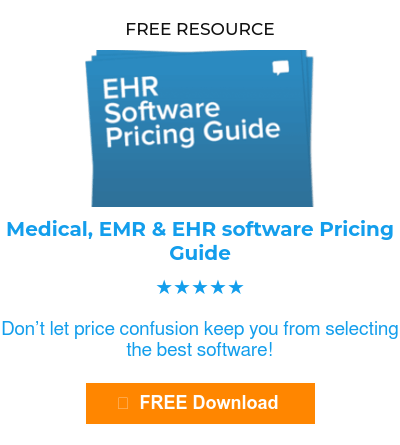Qualify for Federal EHR Incentive Payments & Avoid Penalties
Medicare reimbursement penalties, which start at 1% and increase to 5% in 2020.
Workflow Advantages of Electronic Medical Records
Once an EMR system is installed and the staff is trained in its proper use, retrieving and updating patient clinical records is performed substantially faster and with fewer errors. In most cases, this allows healthcare providers to finish patient charting more quickly, and to do so while with the patient, increasing accuracy and completeness of the record. This efficiency can result in an increase in scheduled visits per hour with no degradation in patient care quality. Alternatively, by reducing the burden of administrative work, it allows a healthcare provider to concentrate more on the patient and less on paperwork.
While paper-based patient charts are difficult to copy and are susceptible to fire or water damage, computerized medical records storage allow for easy and secure backup off-site.
Compliance with HIPAA standards, such as ANSI 5010 claims submission standards and the transition from ICD-9 to ICD-10 diagnostic and procedure coding, are made substantially easier since necessary changes can be performed programmatically and automatically.
Furthermore, virtually all EMR systems allow integration with insurance payment systems, allowing for more efficient and timely claims submission.
Sharing patient charts and medical information with other health care providers is also made substantially easier with an EMR system. While EMR interoperation is a long-term goal and one not realized yet, it is possible to select patient information, including lab results and other diagnostic information, and share that with other providers, substantially increasing the quality of patient care.
Administrative Cost Advantages of Electronic Medical Records
Besides improving the delivery of health care to patients, another one of the benefits of electronic medical records integration is that it can reduce administrative and other related costs for physicians. Storage space dedicated to paper charts can essentially be eliminated once the transition to an EMR system is complete. Likewise, staffing for filing and retrieval for patient files and the need to purchase paper-based supplies is substantially reduced or eliminated.
A 2003 study by the University of California that focused on solo and small group physicians found that though results greatly varied, some physicians saved up to $20,000 per year through EMR / EHR implementation. “More successful users decreased transcriptionist, medical records, data entry, billing, and receptionist costs,” states the report. These clerical and back office economic advantages of electronic medical records will vary from practice to practice.
Systemic Benefits of Electronic Medical Records
About 42 percent of active family doctors have already installed at least preliminary electronic medical record systems, according to surveys and estimates by the American Academy of Family Physicians, a professional and advocacy group. Once widespread use of EMR is in place and the transition to ICD-10 is completed, it will become easier to build longitudinal patient records, and gather broad-based epidemiological and efficacy data, improving the quality and efficiency of healthcare delivery.
“I’ll never go back to the old system,” Dr. Jennifer Brull, a family doctor in rural Kansas, told the New York Times. “I can always look at the records by Internet, whether I am seeing patients at the nursing home or a clinic or the hospital, or even when I’m as far away as Florida. The change has been tremendously beneficial for my productivity.”
Get all the benefits of EMR by finding an EMR software for your practice now.


